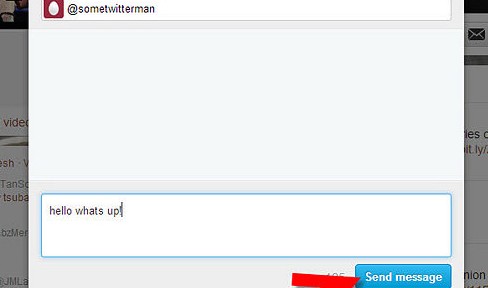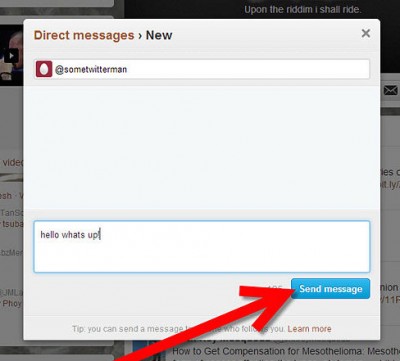Starting in July, Twitter has announced the removal of the 140 character limit in Direct Messages!
Twitter made the official announcement via their blog saying that in order to make this change as seamless as possible, developers will need will need to follow the recommendations below to ensure all your applications and services can handle these longer format messages before they flip the switch.
|
Advertisement |
Twitter recommends taking the following actions in preparation:
- Review the new API additions below.
- Update your GET requests so you will be able to receive the full length of DM text.
- Adjust your app UI to accommodate longer DM text.
We encourage you to test and deploy the above changes in advance, but you won’t be able to send longer DMs until we launch in July. In the coming weeks though, we will update this post to include directions on how to test these changes, as well as a more specific launch date.
You may be wondering what this means for the public side of Twitter. Nothing! Tweets will continue to be the 140 characters they are today.
We’re excited to hear your input. If you have technical questions, feel free to ask in the REST API forum5 or reach us @TwitterDev8. Thanks, and stay tuned for more!
API updates:
- REST API
DM read endpoints (GET direct_messages15, GET direct_messages/sent2 and GET direct_messages/show3)
Send “full_text=true” as a query parameter to receive long DM text. If this parameter is not provided, you will get a truncated version of the DM. There will be no structural changes to the response returned by these endpoints.
DM write endpoint (POST direct_messages/new)
The “text” parameter will start accepting text longer than 140 characters. The new limit for DMs will be 10k characters. - Streaming API
User Streams (GET user1) and Site Streams (GET site2) will automatically start receiving DMs that have text longer than 140 characters. Unlike the REST API, no additional parameter is needed. There will be no structural changes to the objects returned by these endpoints.



